🛠️ The Product Person #9 - Why Products Fail
Here are 5 reasons why products fail—from Brian Norgard, Ex-CPO of Tinder.
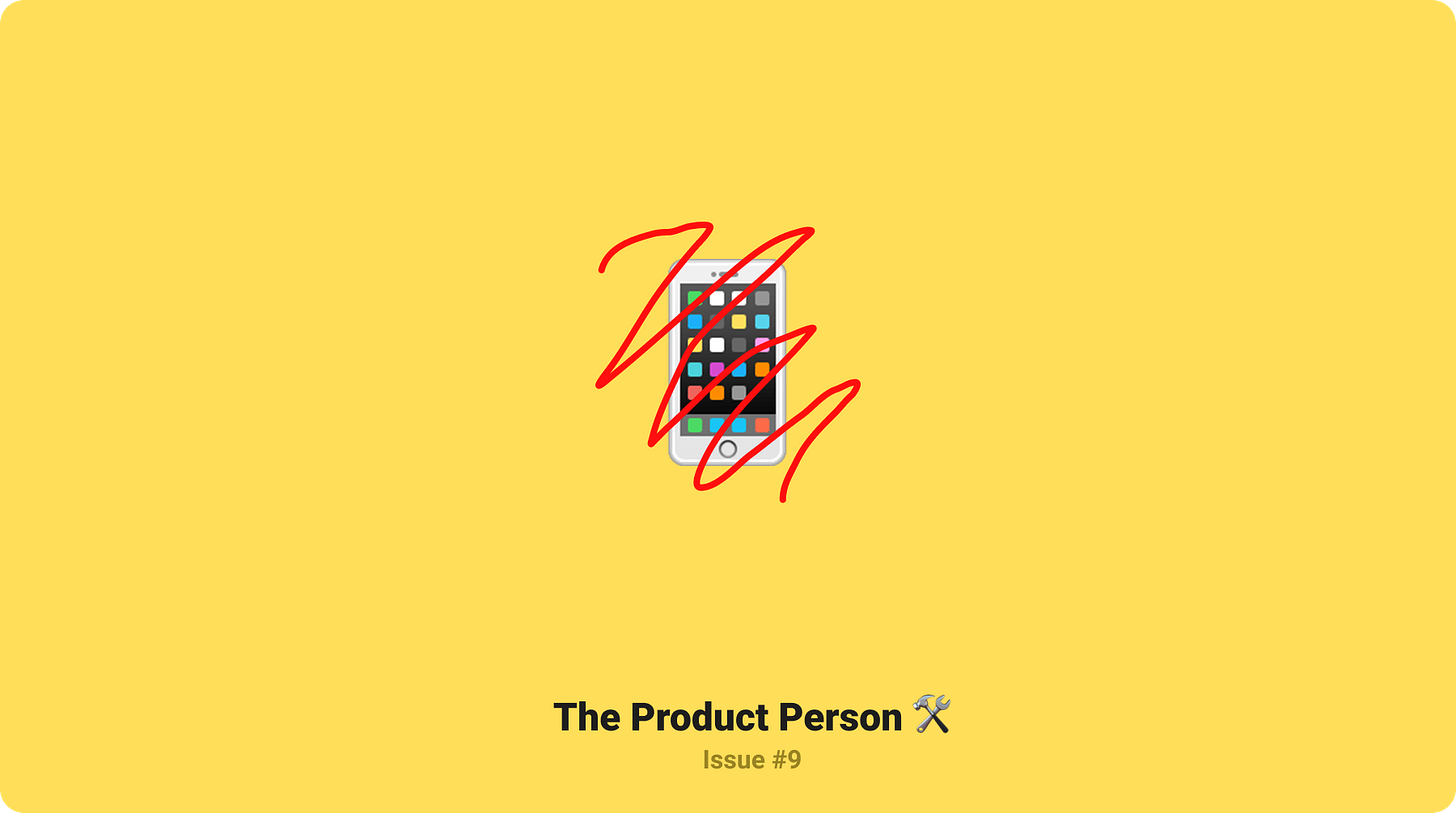
1️⃣ Too complicated for people to use
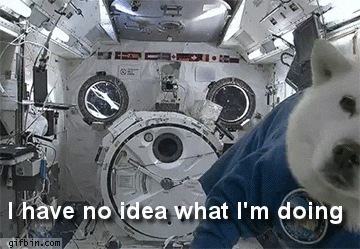
Consumers are very busy people with routines. To be able to wedge a product into their lives in a way that either taps into an innate human behavior (Ex. To look for food, to look for mate, etc.), or blends into what they’re already doing daily, is very difficult.
Anytime you present a customer with any complexity, it is going to hurt you. Expect people to leave your product over time because of the complexity.
2️⃣ Too complicated for people to explain

Word of mouth is supreme. How your users describe your product to other people, if they are even able to, determines the life of your product.
Most products fail to demonstrate their reason for existing. If people don’t know what your product does, people don’t use. If people don’t use, people don’t talk about it. If people don’t talk about it, then your product is dead.
Good rule of thumb: If you don’t have a concrete idea of what your product does, then your customers won’t know either.
Again, people are very busy. For them to pay attention and be able to tell your product’s story is very difficult. But if you do that successfully, that’s when the magic happens.
3️⃣ Lack of iteration
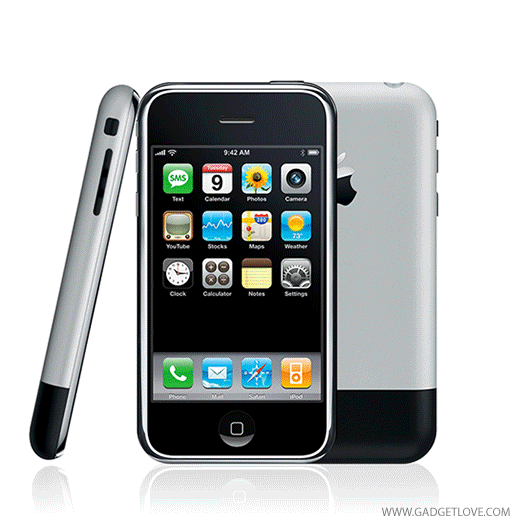
Like any organism over time, your product has to receive incoming stimuli, interpret it, and then adjust itself accordingly.
Many times, when people ship a product, they go “Here it is!” And then wait to see if anyone cares.
The reason this is problematic is because the best products in the world test all the time. They test how user will react to different features, new UI arrangements, and even different ways of telling their product’s value proposition.
Most people tend to just build their product, ship it, and tell their story. They tend to forget that the second they share their product with the world, the real power comes from iterating over time.
4️⃣ Founder Fear

Founders often fear public opinion of themselves and their product. It takes courage to launch something that is different, that is new, and that is inspiring. It’s a risky move.
When it came time to release Tinder Gold, Tinder’s membership plan, Brian Norgard recalls being fearful. The public perception of Tinder Gold was very negative. Here’s an example of an article criticizing Tinder Gold:
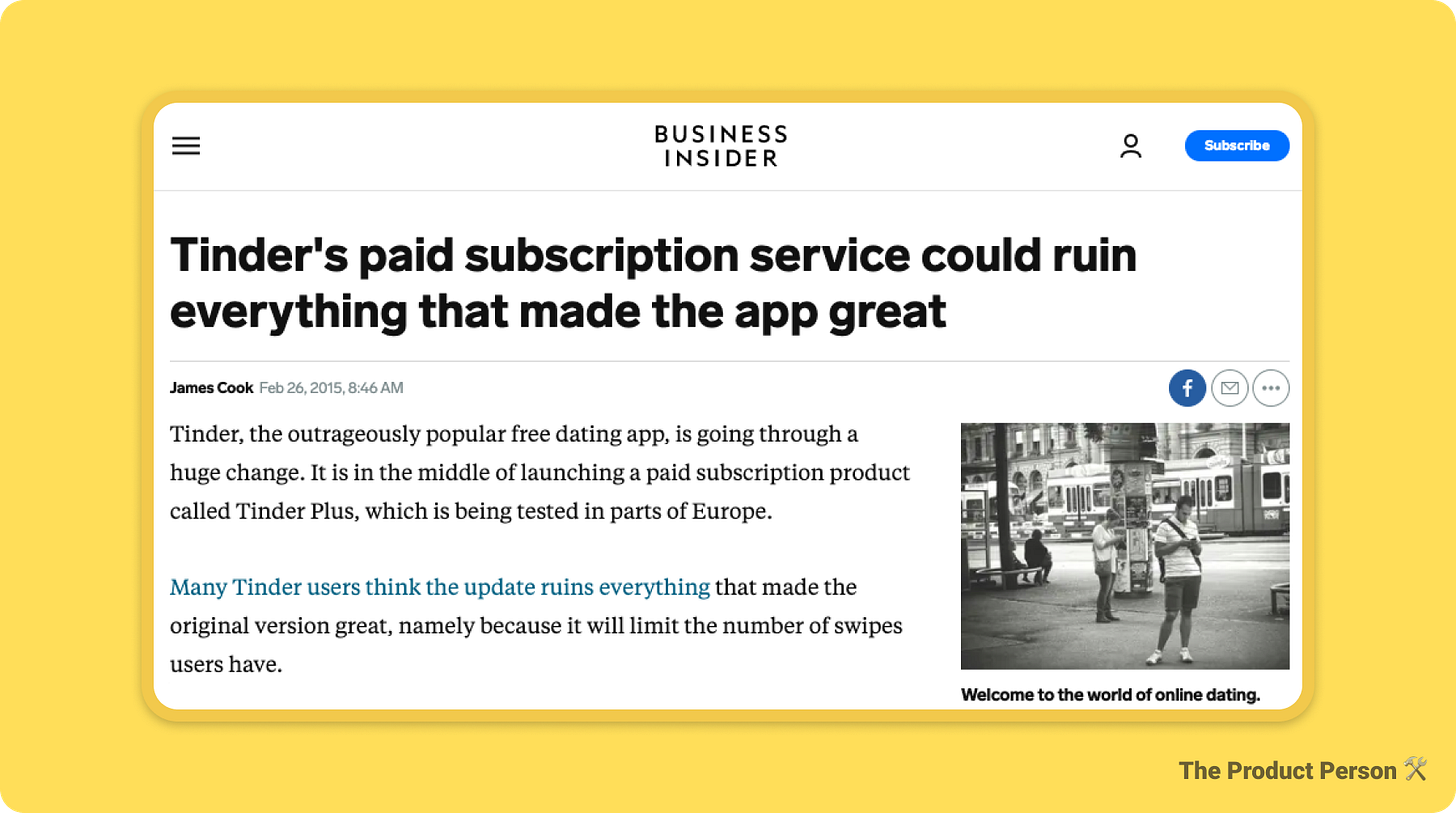
And at the time, Tinder Gold was the only real monetization strategy the company had. Had it not worked, we would’ve been talking about “How Tinder failed to reach its potential” today. But history proved Norgard and his team correct. Tinder Gold made Tinder the highest grossing app of all time.
Founders should learn to analyze when to take risks. And a way to do this is to always be building and shipping. Because with more repetition, the more you’ll see and experience, and the more you’re able to address risks.
5️⃣ Failed to launch into a community
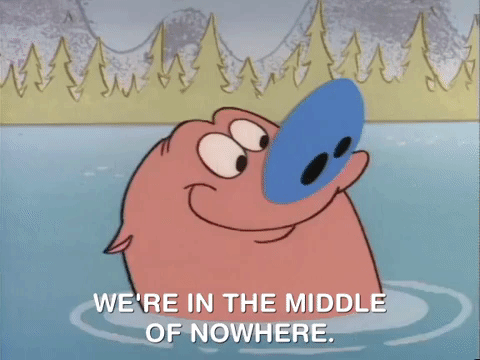
There exists millions of micro-communities on the internet today. There’s essentially an early adopter for everything.
When launching into a community, keep in mind that your product has to already demonstrate its reason for existing in the simplest way possible. That can be done in its landing page title, a tag line, or a demonstrative animation or video.
Launching your product into a community means putting your product into the hands of the people that will appreciate it most. If done right, it should have the effect of throwing fire at something highly flammable.
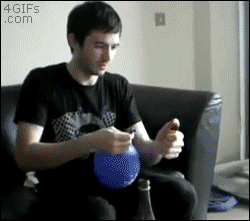
Your early adopters will show you the way and will market your product for you. Worship them. But you have to find those people and that takes a lot of effort: marketing, PR, and storytelling.
Recap
The five reasons why a product fails :
It’s too complicated to use.
It’s too complicated to explain.
It doesn’t iterate over time.
The founders are afraid to do something risky.
The product isn’t launched into a community.
📝 I’m summarizing these 5 reasons from The 20 Minute VC Podcast episode with Brian Norgard. You can listen to the full episode here. It’s a goodie.
❤️ Thanks for reading Issue #9. Please click the heart button & share this with someone you know that’ll find it useful.
🐦 Follow The Product Person on Twitter for bite-sized product tips (@ProductPersonHQ) —My personal twitter is @antdke.
🤗 And if you’re not subscribed, you can subscribe here.
Enjoy the rest of your week :)



